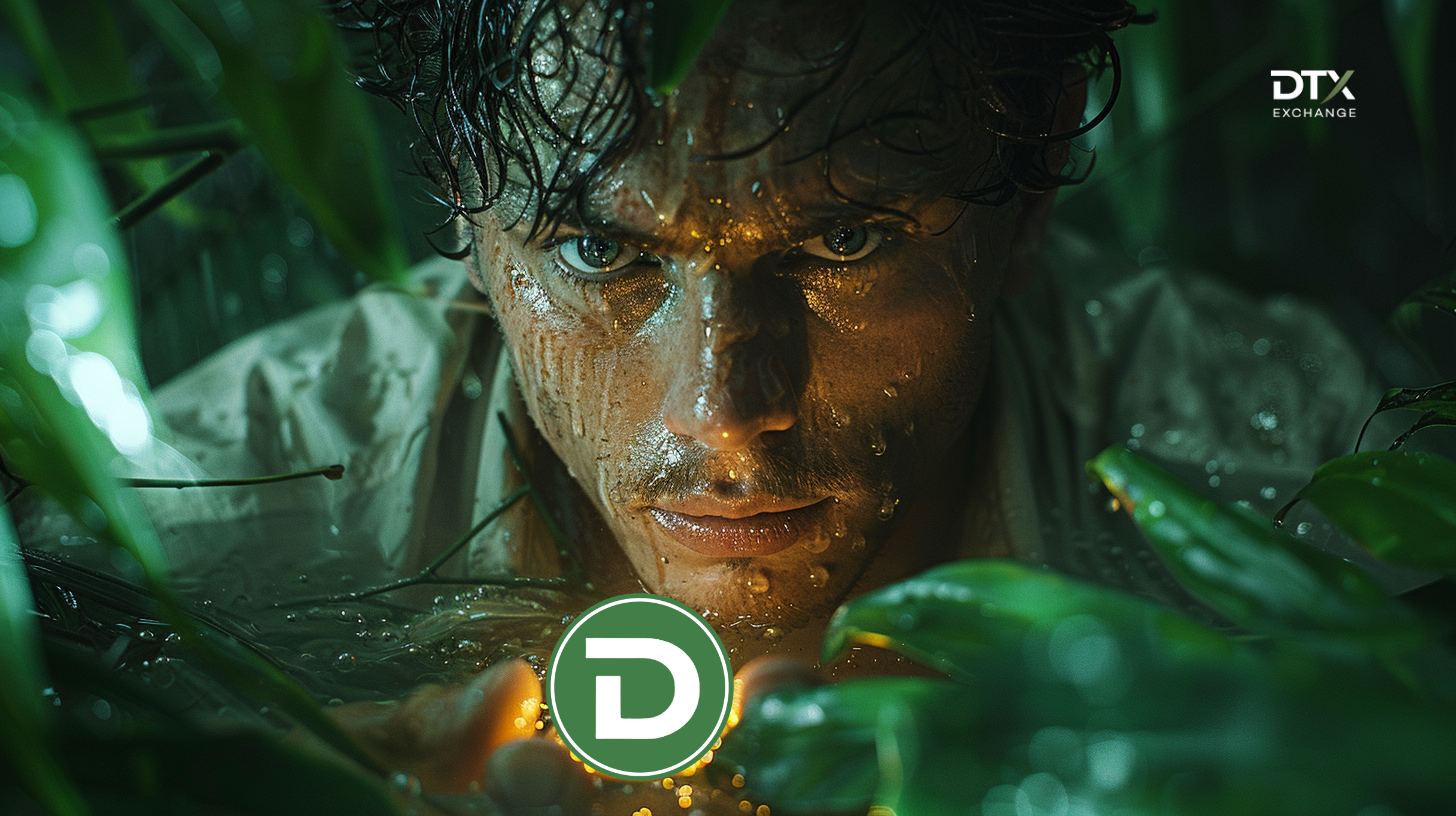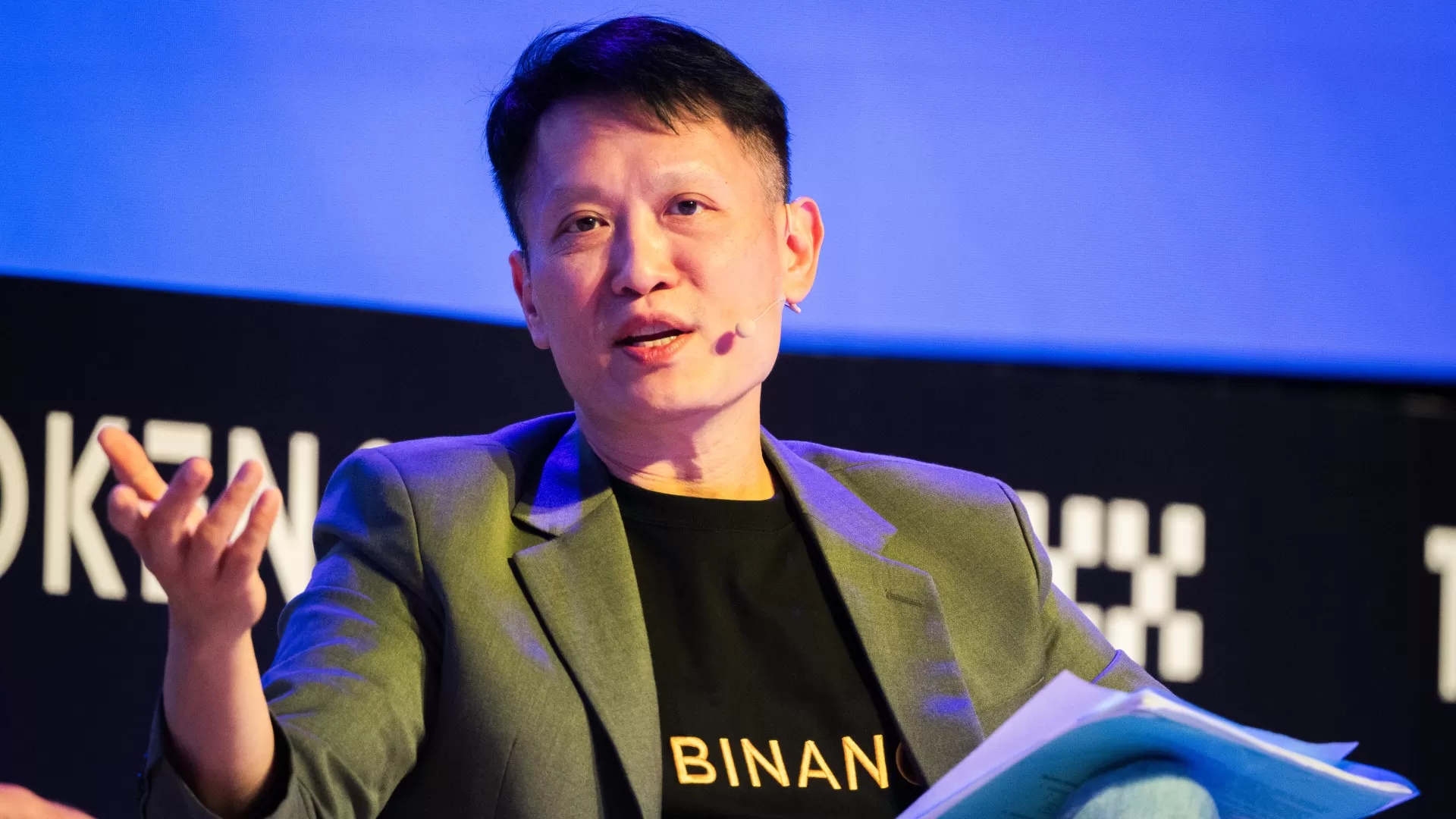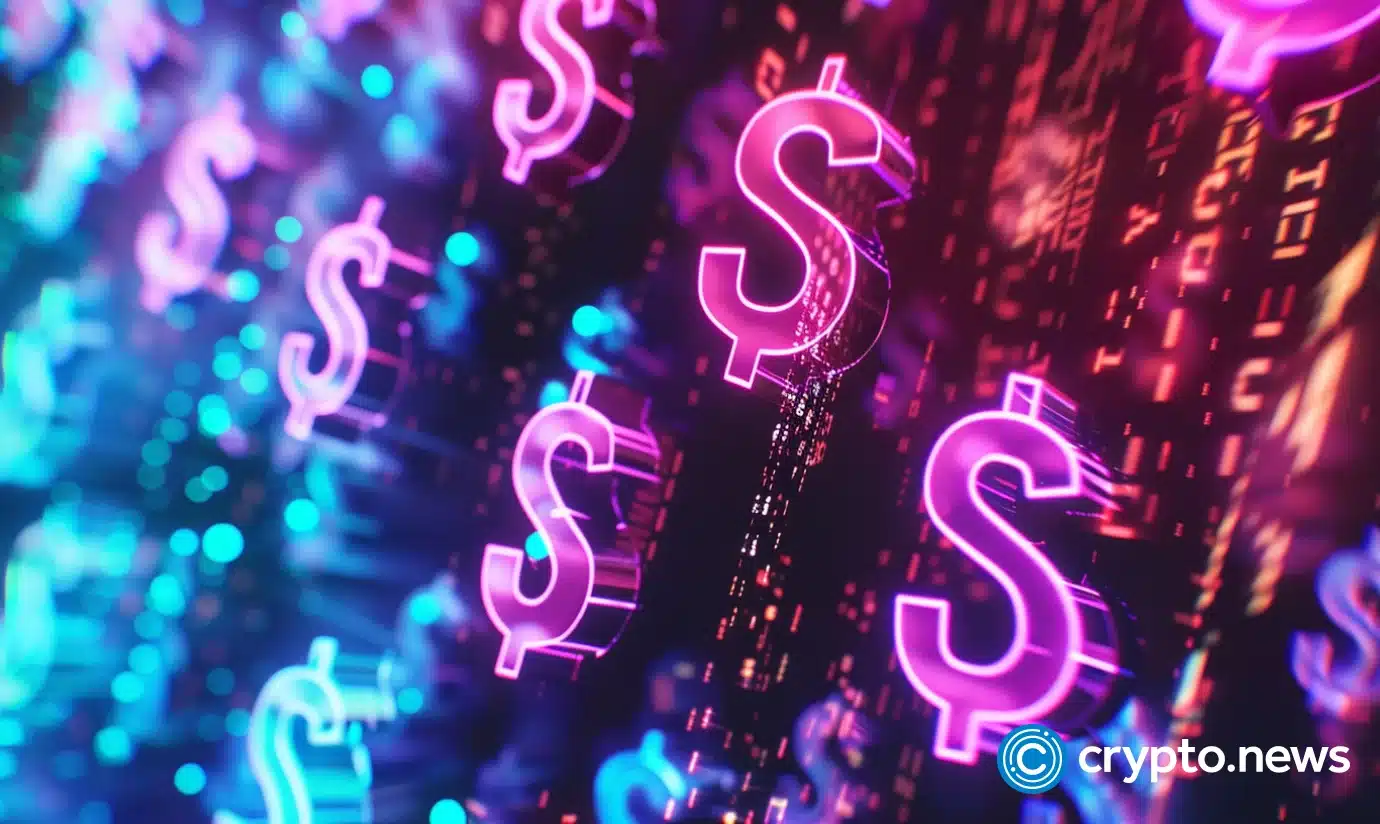16h05 ▪
7
min read ▪ by
The Solana network is going through an unprecedented expansion phase, driven by massive adoption of memecoins and a sharp increase in speculative activity. However, this dynamic raises questions within the community of project founders on the Blockchain. According to a survey conducted by Blockworks Research, 76 % of them believe that memecoins play a beneficial role in the ecosystem, while 16% consider artificial intelligence (AI) agents to be an overrated technology. These results reflect a growing gap between two major trends: on one side, the excitement for high-volatility assets, and on the other, skepticism towards new AI applications in Web3.


Memecoins : a growth engine for Solana
The Solana network is going through an unprecedented expansion phase, driven by massive adoption of memecoins and a sharp increase in speculative activity. However, this dynamic triggers questions within the community of project founders on the blockchain. According to a survey conducted by Blockworks Research and published on X (formerly Twitter) on January 3, 2025, by Jack Kubinec, a reporter at the company, 76 % of them believe that memecoins play a beneficial role in the ecosystem, while 16 % consider AI agents to be overrated technology. These results reflect a significant gap between two major trends: on one side, the enthusiasm for high-volatility assets, and on the other, skepticism towards new AI applications in Web3.
This divergence of opinions fits into a context where Solana is registering rapid growth. In 2024, the Total Value Locked (TVL) of the network rose from $1.5 billion in January to $8.5 billion in December, confirming the growing appeal of investors for this blockchain. Its native token, SOL, also outperformed Ether (ETH) by a factor of eight during the same period, a performance largely attributed to the explosion of the memecoin market and the rise of AI tokens.
However, this dynamic hides a deeper issue. The Maximum Extractable Value (MEV), a phenomenon that allows validators to optimize their profits by manipulating the order of transactions, raises growing concerns. More than 20 % of the founders surveyed now consider this practice to be the main challenge that Solana must face. In 2024, the revenues generated by MEV on Solana surpassed those of Ethereum for the first time, leading to a significant increase in transaction fees. As the network attempts to solidify its position against Ethereum, this trend could hinder its long-term adoption.
In this context, Solana finds itself at a decisive crossroads. The rise of memecoins continues to attract investors, while AI tokens create doubts about their viability. At the same time, the increasing power of MEV calls into question the sustainability of the network’s economic model. Between opportunities and risks, the Solana ecosystem must find a balance to maintain its growth dynamic without compromising its stability.
AI on Solana : an exaggerated enthusiasm ?
While memecoins have managed to captivate project founders on Solana, tokens related to artificial intelligence (AI) are more divisive. According to the survey conducted by Blockworks Research, 16 % of the founders surveyed consider this sector overrated and believe that the current wave around AI relies more on a marketing trend than on genuine technological innovation. However, the AI token market reached $16 billion in 2024, with a marked acceleration during the fourth quarter.
This spectacular rise is explained by the growth of autonomous AI agents, which have invaded social media and amplified demand for speculative tokens. Several projects, such as Zerebro (ZEREBRO) and Fartcoin (FART), have exceeded $100 million in market cap in just a few weeks. However, behind these spectacular performances, doubts emerge regarding the viability of these assets. Condz, founder of the Web3 startup Acolyte AI, raised concerns about market excesses in a publication from December 29, 2024, on X (formerly Twitter). He claims that “the majority of AI projects are scams or will never deliver on their promises.” This observation reflects a growing concern: many AI-linked tokens do not provide real added value and could collapse as enthusiasm wanes.
Beyond the uncertainties surrounding AI tokens, Solana also faces an increasingly critical structural problem: Maximum Extractable Value (MEV). This phenomenon, which allows network validators to manipulate the order of transactions for additional fees, is seen as a major threat to the ecosystem. More than 20% of the founders surveyed consider MEV to be the main challenge to overcome due to its direct impact on transaction costs and network accessibility.
In 2024, revenues from MEV on Solana surpassed those of Ethereum for the first time, contributing to a significant increase in transaction fees. This development could hinder the network’s long-term adoption, especially if rising costs discourage users and developers. As Solana seeks to consolidate its position as an alternative to Ethereum, it becomes crucial to implement effective solutions to mitigate the impact of MEV and preserve the attractiveness of the network.
Between uncertain adoption of AI tokens and a growing threat from MEV, Solana finds itself at a pivotal moment. Its spectacular rise in 2024 could be slowed by these challenges unless solutions emerge to stabilize its ecosystem and ensure its competitiveness against rival blockchains.
Solana is at a strategic crossroads, torn between the rise of memecoins, the rise of AI tokens, and the structural challenges associated with MEV. On one side, speculative activity fuels exponential growth of the network and attracts new investors. On the other side, increased transaction fees and the risk of a bubble in AI assets create concerns about the sustainability of the economic model. The year 2025 promises to be crucial. Solana will have to prove its ability to maintain its attractiveness and address its weaknesses to consolidate its status as a major alternative to Ethereum.
Maximize your Cointribune experience with our “Read to Earn” program! For every article you read, earn points and access exclusive rewards. Sign up now and start earning benefits.
Diplômé de Sciences Po Toulouse et titulaire d’une certification consultant blockchain délivrée par Alyra, j’ai rejoint l’aventure Cointribune en 2019.
Convaincu du potentiel de la blockchain pour transformer de nombreux secteurs de l’économie, j’ai pris l’engagement de sensibiliser et d’informer le grand public sur cet écosystème en constante évolution. Mon objectif est de permettre à chacun de mieux comprendre la blockchain et de saisir les opportunités qu’elle offre. Je m’efforce chaque jour de fournir une analyse objective de l’actualité, de décrypter les tendances du marché, de relayer les dernières innovations technologiques et de mettre en perspective les enjeux économiques et sociétaux de cette révolution en marche.
DISCLAIMER
The views, thoughts, and opinions expressed in this article belong solely to the author, and should not be taken as investment advice. Do your own research before taking any investment decisions.










